0201 resistor are use in limiting the flow of electric current in a circuit. They are some of the smallest and most widely use components in high-density, miniaturized electronic devices. SMD resistor 0201 are part of a larger category of resistors. Each identified by a standardized code that reflects their physical dimensions.
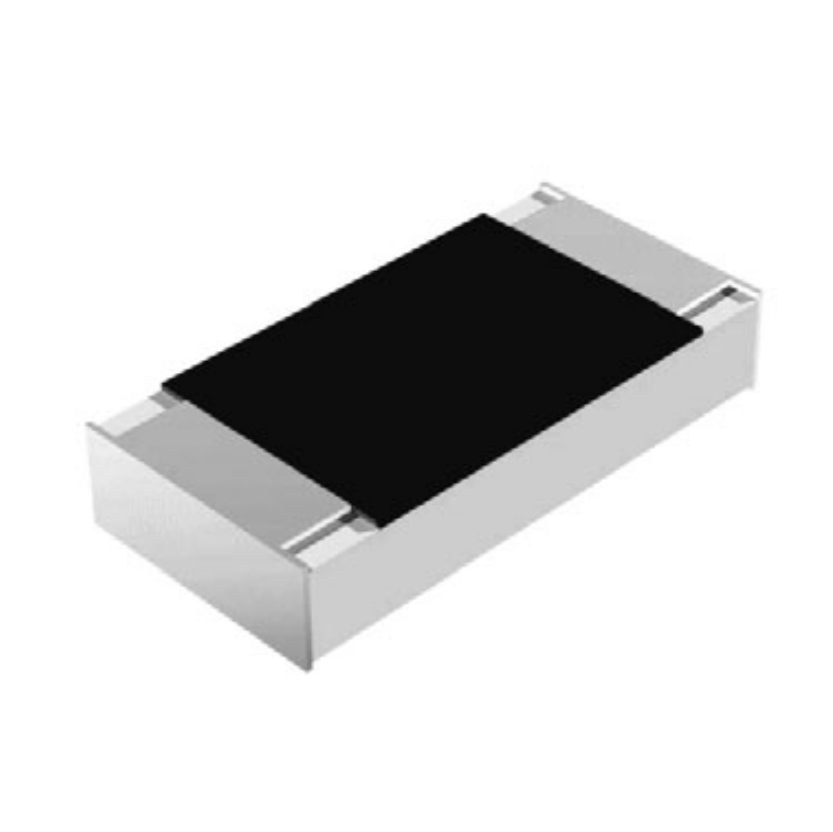
In this article, we will explore 0201 SMD resistor in detail. Covering their dimensions, footprint, power rating, pad size, values, and tolerance. Also FAQs about their size, differences with other resistor sizes like 0402, and their current rating.
Introduction to 0201 Resistors
It refers to the size, following the IEC 60286-3 standard for surface-mount technology (SMT) components. The number "0201" denotes the dimensions : 0.02 inches (0.5 mm) by 0.01 inches (0.25 mm). These tiny sizes are one of the smallest resistors available for surface-mount applications.
These small size are commonly use in portable electronics, consumer devices, wearables, and other applications. And allows manufacturers to design smaller, lighter, and more efficient devices.
0201 resistor dimensions in millimeters
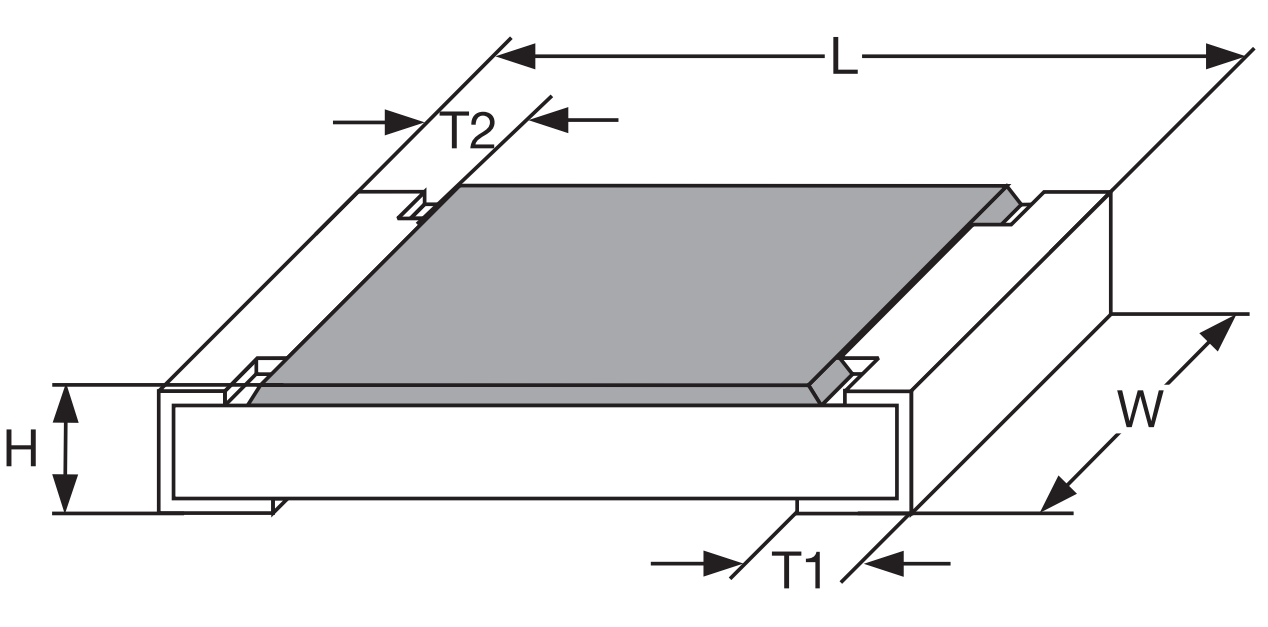
Size | 0201 chip resistor dimensions | |||||
Inch | Metric | L | W | H | T1 | T2 |
0201 | 0603 | 0.6 ± 0.03 | 0.3 ± 0.03 | 0.23 ± 0.03 | 0.15 ± 0.05 | 0.10 ± 0.05 |
The dimensions base on the imperial system. And typically translated into millimeters for the ease of international use and compatibility with other SMT components.
Standard Dimensions:
· Length: 0.02 inches (0.5 mm)
· Width: 0.01 inches (0.25 mm)
· Height: Typically around 0.01 inches (0.25 mm)
While these size may slightly vary depending on the manufacturer. The above measurements are the typical standard. Their ultra-small size makes them suitable for miniaturized devices such as smartphones, tablets, laptops, and compact medical devices.
0201 resistor footprint
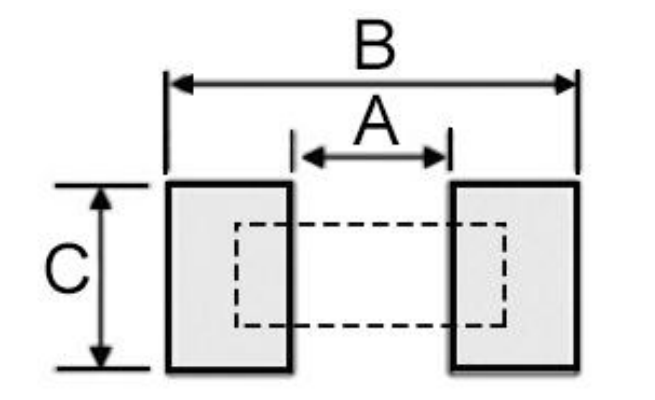
Unit | A | B | C |
inches | 0.012 | 0.039 | 0.016 |
mm | 0.30 | 1.00 | 0.40 |
The footprint refers to the space allocated on the PCB (printed circuit board) for mounting the resistor.
Pad Dimensions:
· Pad length: 0.35 mm (±0.05 mm)
· Pad width: 0.25 mm (±0.05 mm)
· Pad pitch (spacing between pads): 0.5 mm
These pad sizes are for ensuring that the SMD resistor is mounted securely onto the PCB during the pick-and-place process. And that the connections between the resistor’s terminals and the pads are strong enough for reliable electrical performance. The pads need to be slightly larger than the actual resistor to allow for proper soldering.
0201 resistor power rating
It determines the maximum amount of power the resistor can dissipate without failing. Since size are so small, their power rating is relatively low compared to larger resistors.
0.03W(1/32W) | 0.05W(1/20W) |
0.063W(1/16W) | 0.075W |
0.1W(1/10W) | 0.25W(1/4W) |
Typical as follows:
· 0.1 watts (100 milliwatts)
This is sufficient for most low-power applications. It depends on the resistor's size, material, and construction. 0201 package resistor can't subject to excessive power dissipation, as overheating could damage the component.
Resistor 0201 Values
This table includes E12, E24, and E96 values, merged into one complete list.
Resistance Value (Ω) | |||||
1 | 1.00 | 1.10 | 1.21 | 1.33 | 1.46 |
1.1 | 1.50 | 1.59 | 1.73 | 1.91 | 2.10 |
1.2 | 2.30 | 2.51 | 2.74 | 3.01 | 3.32 |
1.3 | 3.63 | 3.97 | 4.32 | 4.75 | 5.11 |
1.4 | 5.62 | 6.19 | 6.80 | 7.47 | 8.20 |
1.5 | 8.99 | 10 | 11 | 12.1 | 13.3 |
1.6 | 14.7 | 16.3 | 18.1 | 20 | 22.1 |
1.8 | 24.3 | 26.5 | 29.4 | 32.5 | 35.7 |
2 | 39 | 42.3 | 46 | 50 | 55.1 |
2.2 | 60.3 | 65.8 | 71.6 | 78 | 84.6 |
2.4 | 92.3 | 100 | 110 | 121 | 133 |
2.7 | 140 | 150 | 160 | 180 | 200 |
3 | 220 | 240 | 270 | 300 | 330 |
3.3 | 360 | 390 | 430 | 470 | 510 |
3.6 | 560 | 620 | 680 | 750 | 820 |
3.9 | 910 | 1k | 1.1k | 1.2k | 1.3k |
4.3 | 1.5k | 1.6k | 1.8k | 2k | 2.2k |
4.7 | 2.4k | 2.7k | 3k | 3.3k | 3.6k |
5.1 | 3.9k | 4.3k | 4.7k | 5.1k | 5.6k |
5.6 | 6.2k | 6.8k | 7.5k | 8.2k | 9.1k |
6.2 | 10k | 11k | 12k | 13k | 14k |
6.8 | 15k | 16k | 18k | 20k | 22k |
7.5 | 24k | 27k | 30k | 33k | 36k |
8.2 | 39k | 43k | 47k | 51k | 56k |
9.1 | 62k | 68k | 75k | 82k | 91k |
10 | 100k | 110k | 120k | 130k | 150k |
11 | 160k | 180k | 200k | 220k | 240k |
12 | 270k | 300k | 330k | 360k | 390k |
13 | 430k | 470k | 510k | 560k | 620k |
14 | 680k | 750k | 820k | 910k | 1M |
15 | 1.1M | 1.2M | 1.3M | 1.5M | 1.6M |
16 | 1.8M | 2M | 2.2M | 2.4M | 2.7M |
18 | 3M | 3.3M | 3.6M | 3.9M | 4.3M |
20 | 4.7M | 5.1M | 5.6M | 6.2M | 6.8M |
22 | 7.5M | 8.2M | 9.1M | 10M | 11M |
24 | 12M | 13M | 15M | 16M | 18M |
27 | 20M | 22M | 24M | 27M | 30M |
30 | 33M | 36M | 39M | 43M | 47M |
33 | 51M | 56M | 62M | 68M | 75M |
36 | 82M | 91M | 100M | 110M | 120M |
39 | 130M | 150M | 160M | 180M | 200M |
43 | 220M | 240M | 270M | 300M | 330M |
47 | 360M | 390M | 430M | 470M | 510M |
50 | 560M | 620M | 680M | 750M | 820M |
0201 0 ohm resistor | |||||
The values can cover a wide range, from milliohm to megaohm. Using the E12 or E24 standard series, which provide a selection of values that manufacturers offer.
E12 series (12 values per decade):
· 1Ω, 1.2Ω, 1.5Ω, 1.8Ω, 2.2Ω, 2.7Ω, 3.3Ω, 3.9Ω, 4.7Ω, 5.6Ω, 6.8Ω, 8.2Ω, etc.
The most commonly use in general-purpose applications. The values repeat every decade (i.e., 10Ω, 100Ω, 1kΩ, 10kΩ, etc.).
E24 series (24 values per decade):
· 1Ω, 1.1Ω, 1.2Ω, 1.3Ω, 1.5Ω, 1.6Ω, 1.8Ω, 2Ω, 2.2Ω, 2.4Ω, 2.7Ω, 3Ω, 3.3Ω, 3.6Ω, 3.9Ω, 4.3Ω, 4.7Ω, 5.1Ω, 5.6Ω, 6.2Ω, 6.8Ω, 7.5Ω, 8.2Ω, 9.1Ω, etc.
Provides more precision compared to the E12 series, offering more choices of resistance values.
E96 series(96 values per decade): Provides the highest precision. Use in high-precision circuits.
The 0201 resistor's compact size does not limit the availability of these values. Manufacturers offer a broad range of resistance values, making them versatile for a wide variety of applications.
Tolerance
±0.05% | ±0.1% |
±0.25% | ±0.5% |
±1% | ±2% |
±5% | ±20% |
Refers to the allowable deviation from the specified resistance value. A resistor with a tolerance of ±1% can vary by up to 1% above or below its nominal value. This specification can ensure the desired performance of a circuit.
Common Tolerances for 0201 Resistors:
· ±1%: Common for general-purpose resistors
· ±5%: Standard for less critical applications
· ±0.5%, ±0.25%, and ±0.1%: Used in high-precision circuits
This directly link to its performance in specific circuits. For instance, a circuit requiring precise timing may require a resistor with a tight tolerance. While a simple voltage divider might perform well with a resistor of lower tolerance.
FAQs:
1. What size is a 0201 resistor?
A surface-mount resistor that measures 0.02 inches (0.5 mm) in length and 0.01 inches (0.25 mm) in width. Size may slightly vary depending on the manufacturer.
2. What is the difference between 0402 and 0201 resistors?
The primary difference between 0402 and 0201 resistors lies in their size. 0402 resistors are 0.04 inches (1.0 mm) long and 0.02 inches (0.5 mm) wide, making them twice the size of 0201 resistors.
The 0201 resistor is smaller and suitable for even more compact applications. While both types are use in surface-mount technology, 0201 resistors are typically use in more miniaturized designs. As 0402 chip resistors may be easier to handle during manufacturing because their slightly larger size.
3. What is the current rating of a 0201 resistor?
It depends on the resistor's power rating and the voltage across it. For example, with a power ratings of 0.1 watts, the current can be estimated using Ohm's Law:
P = I2R
Where:
· P is the power in watts
· I is the current in amperes
· R is the resistance in ohms
For a 1kΩ resistor:
0.1= I2 X 1000
Solving for I:

Thus, a 1kΩ 0201 resistor can typically handle a current of up to 10 mA when dissipating 0.1 watts of power.
However, ambient temperature, voltage, and board layout also affect the current rating. Excessive current can lead to overheating and possible failure of the component.
HOT NEWS
The 0402 Resistor: A Comprehensive Guide
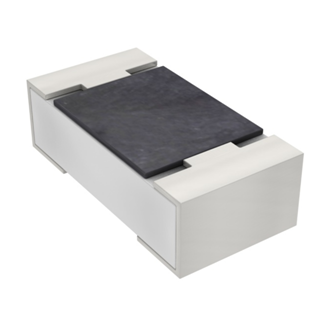
0402 Resistor
2025-05-06
What is 10k Ohm Resistor?
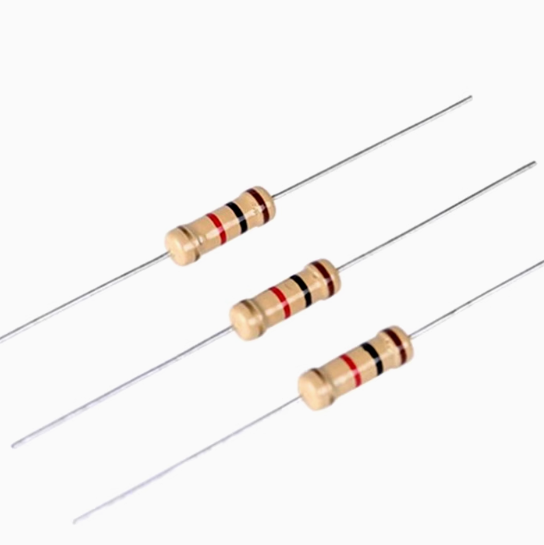
10k resistor 10k resistor color code
2025-05-14
Everything You Need To Know About ARE1309 Relay
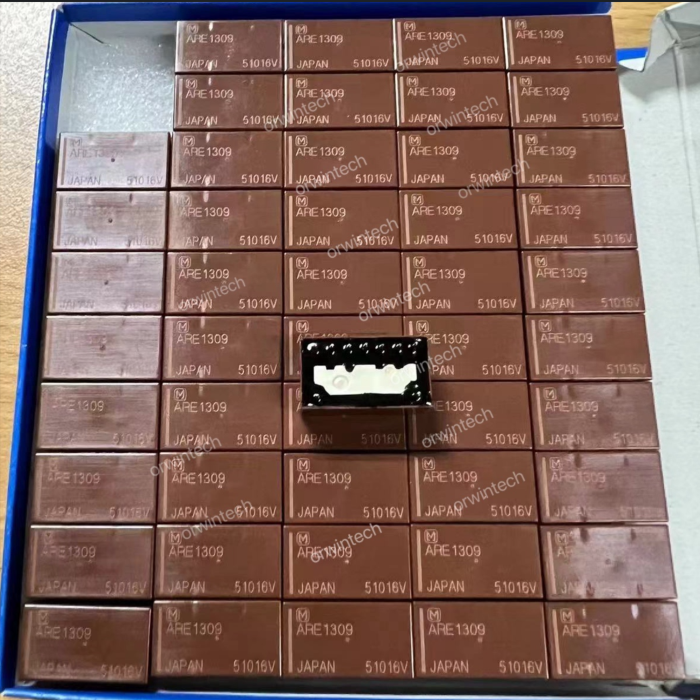
2025-04-23
Understanding A 0603 Resistor
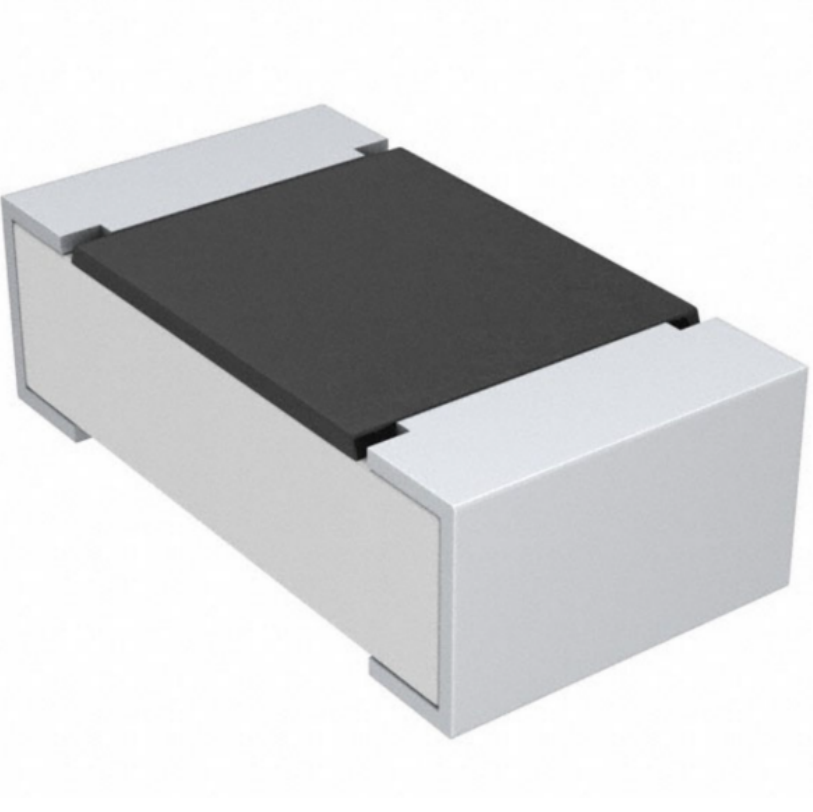
0603 resistor,dimensions,marking code, values
2025-05-29
120 Ohm Resistor- Specifications, Applications, and Features
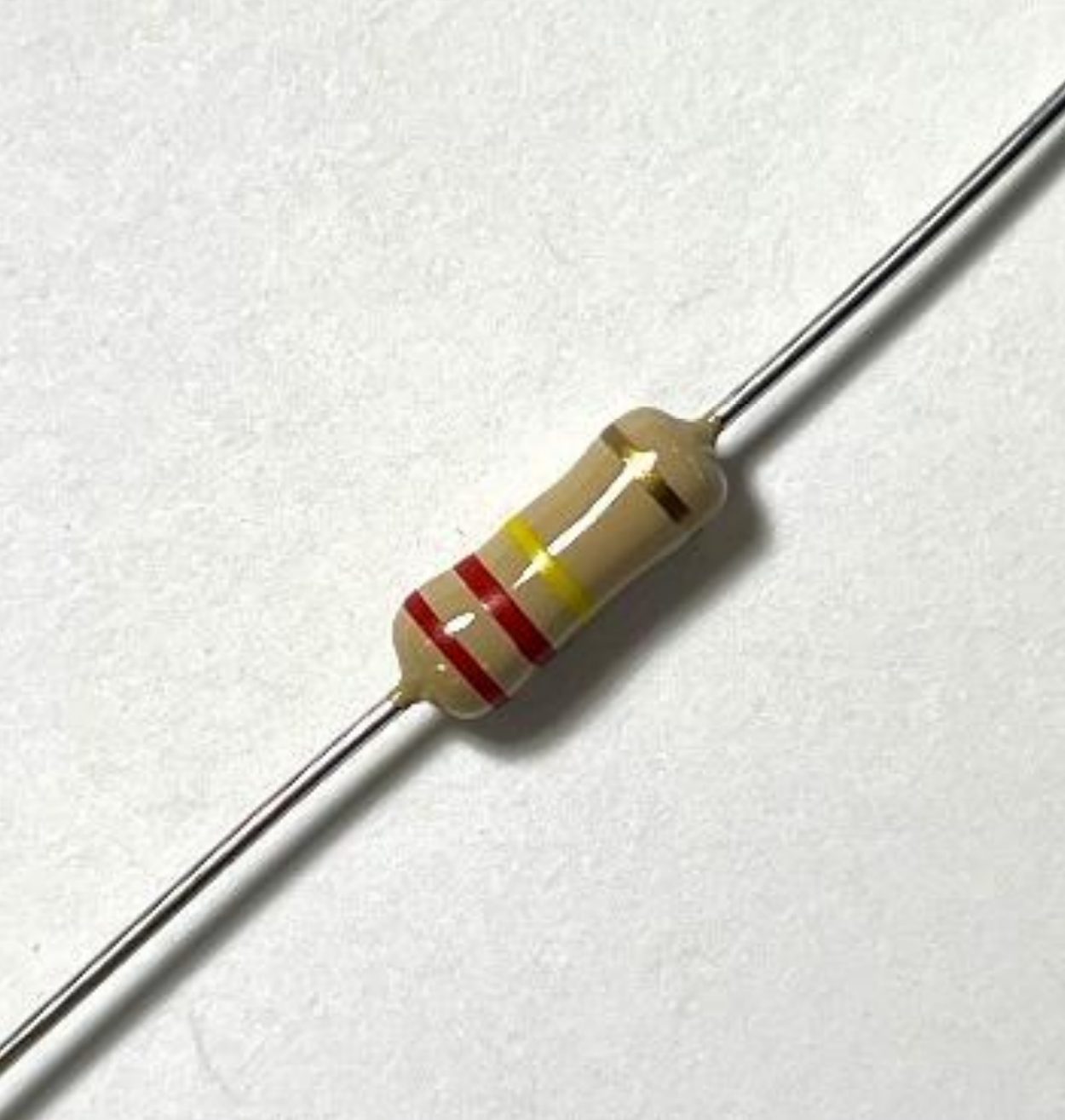
2025-05-12
What Is A 1206 Resistor?
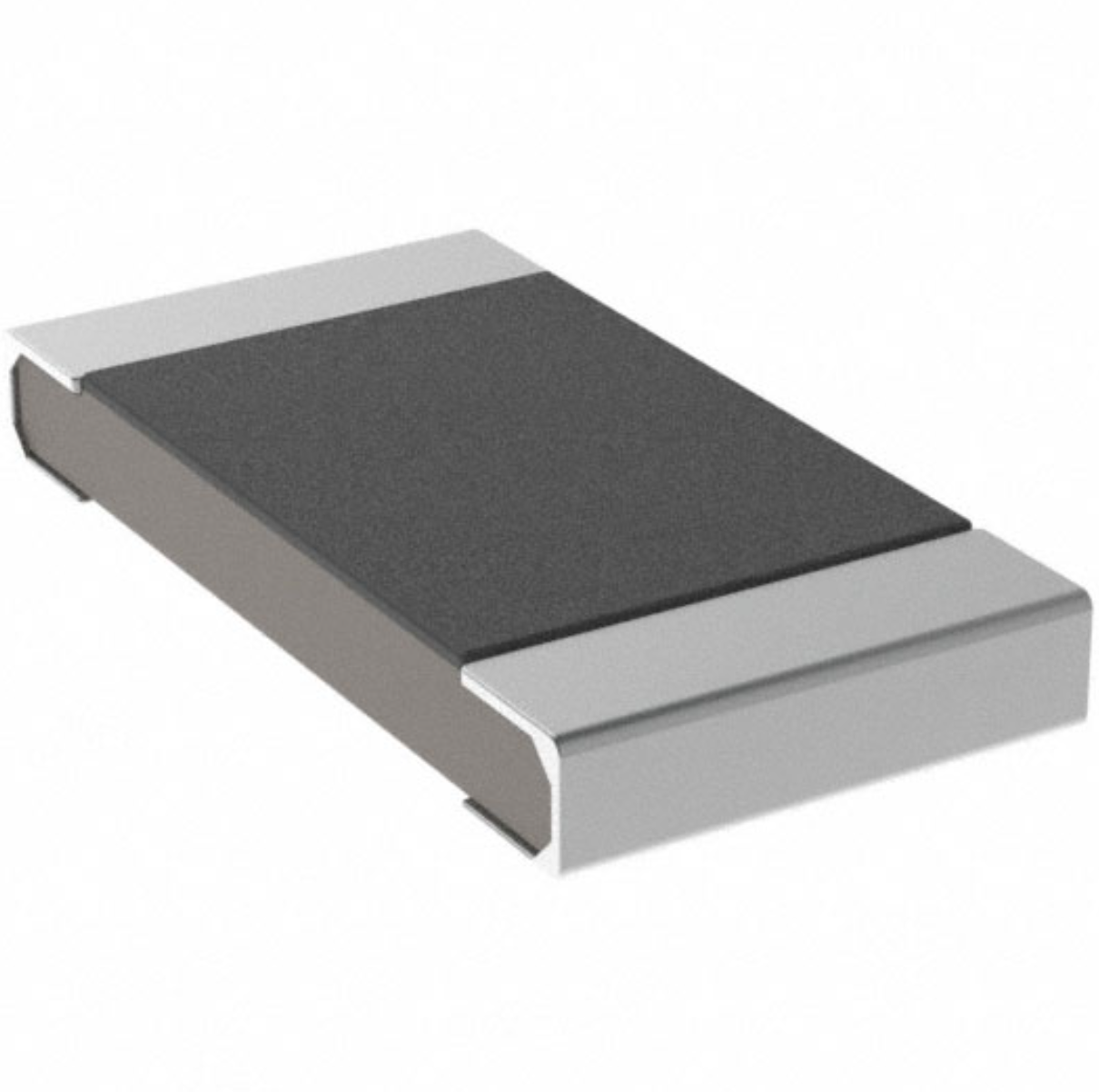
1206 resistor dimensions,footprint,value
2025-06-05
What Is The 1K Ohm Resistor?
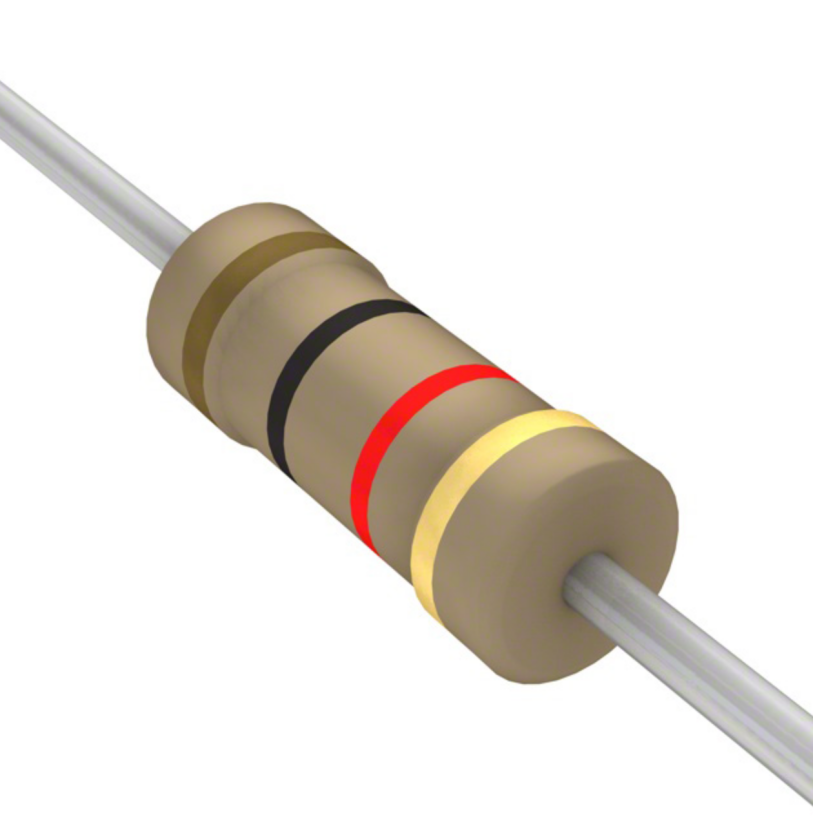
1k ohm resistor and color code
2025-05-21
What is 100 Ohm Resistor And Color Code?
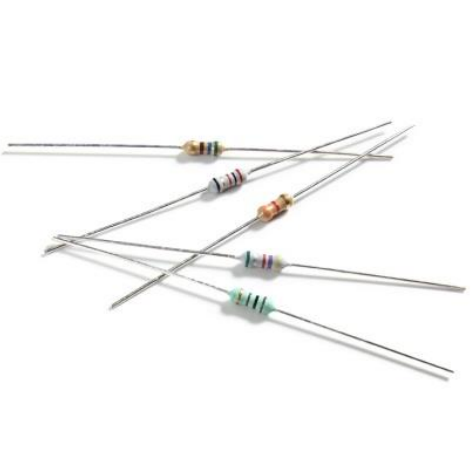
100 ohm resistor color code
2025-05-17
What Is The 0805 Resistor?

0805 Resistor, dimensions, value, tolerance, footprint
2025-05-31
What Is A 0201 Resistor?

0201 Resistor dimensions, footprint,values
2025-05-24











 Product Catalog
Product Catalog





